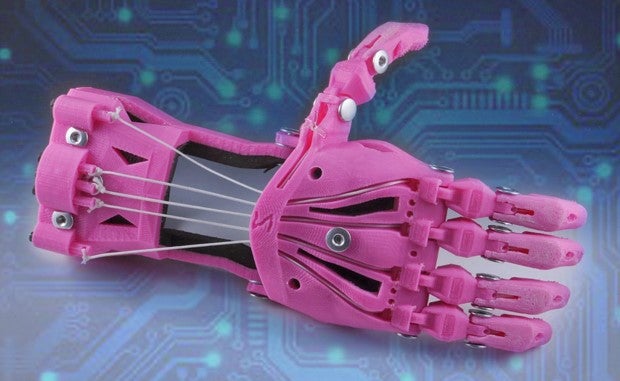
3D printing, or additive manufacturing, is transforming numerous sectors, especially the medical field, by driving innovations that enhance health outcomes and patient comfort.
The development of 3D printed prosthetic limbs is one such breakthrough. These prosthetics are tailored for intricate movements, delicate tasks, and improved control, empowering patients with greater independence. Additionally, 3D printing can produce these advanced prosthetics more affordably and quickly than traditional methods, which require complex processes and longer lead times.
In a groundbreaking stride, the medical industry is also venturing into the 3D printing of body parts. Utilizing CT scans, companies can create custom implants that fit a patient’s specific anatomy and needs, facilitating surgeries for joint replacements and facial reconstructions.
Bio-printing, although on a more microscopic level, involves creating living tissue with ‘bio-ink’ composed of viable cells. This technology is building tissues like stem cells, skin, and bone, layer by layer, to replace or repair damaged body parts.
The medical 3D printing market is expected to surge past $5.8 billion by 2030. This growth indicates a future where 3D printing could become integral to healthcare, producing bespoke, cost-effective medical products directly at the point of care.
To explore more about the revolutionary impact of 3D printing in healthcare, refer to the highlighted resource for additional examples.

Infographic created by RevPart, offering near-production quality urethane casting




